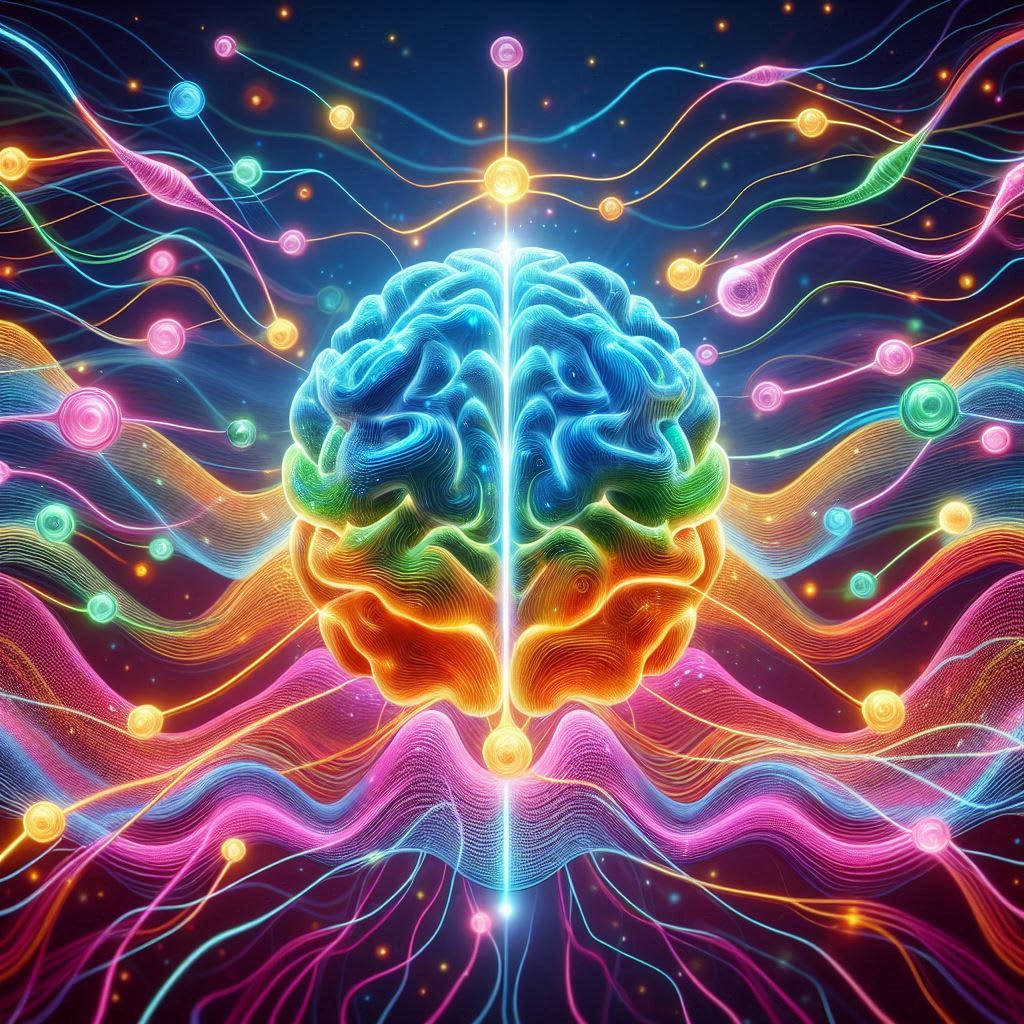Unraveling the Intricacies of Drug Influence on Brain Functionality
A Comprehensive Exploration of Neural Communication, Drug Effects, and Therapeutic Avenues

In the intricate tapestry of the brain, neurons weave a complex network, akin to the bustling streets of a city. These neurons, akin to messengers, relay information through synapses, much like people exchanging messages in a crowded marketplace. However, what transpires when drugs infiltrate this bustling scene, and how do they disrupt the delicate balance of brain function? In this comprehensive exploration, we embark on a journey through the intricate workings of neuronal communication, the profound effects of drug use, the diverse routes of drug administration, and the nuanced interplay between agonistic and antagonistic drugs.
Decoding the Language of Neurons:
To comprehend the impact of drugs on brain functionality, we must first grasp the fundamentals of neuronal communication. Neurons, the building blocks of the nervous system, serve as messengers, transmitting information through a complex web of pathways. Much like letters passed from hand to hand, neurons communicate through electrical signals and chemical messengers known as neurotransmitters. These neurotransmitters traverse synapses, the bridges between neurons, facilitating the exchange of messages and coordinating brain activity.
Unveiling the Influence of Drug Use:
Picture drugs as disruptive guests barging into a party in the brain. Some substances, like opioids and benzodiazepines, mimic neurotransmitters, hijacking the brain's communication channels, and flooding synapses with excessive signals. This flood of neurotransmitters leads to a surge of euphoria or relaxation, akin to cranking up the volume on a radio.
On the contrary, other drugs, such as alcohol and certain antidepressants, act as gatekeepers, blocking neurotransmitter receptors and dampening neuronal activity. This results in a muted response from the brain, akin to throwing a wet blanket over a fire. The effects of drug use on synaptic transmission are intricate, influenced by factors like drug type, dosage, and individual brain chemistry.
Navigating the Routes of Drug Administration:
Just as travelers choose different paths to reach their destinations, drugs take various routes to enter the bloodstream. Inhalation swiftly delivers drugs through the lungs, while ingestion requires a scenic route through the digestive system. Topical application offers a localized shortcut, bypassing the gastrointestinal highway altogether.
Understanding these routes is paramount for predicting how quickly drugs take effect and how intensely they impact brain function. Like choosing between a leisurely stroll and a high-speed race, the method of drug administration determines the journey drugs take through the body and brain.
The Dance of Agonistic and Antagonistic Effects:
In the grand symphony of synaptic transmission, drugs assume a dual role as conductors and disruptors. Agonistic drugs orchestrate the ensemble, mimicking neurotransmitters and amplifying neural signals. Think of them as enthusiastic cheerleaders, inciting a frenzy of activity in the brain.
Conversely, antagonistic drugs disrupt the harmony, blocking receptors and stifling neuronal communication. Picture them as stern bouncers, shutting down the party and dimming the lights. By understanding these opposing forces, researchers can fine-tune interventions for substance abuse and addiction, orchestrating a harmonious balance in the brain.
Pioneering the Path Forward:
As we gaze into the future of neuroscience, the landscape of drug research continues to evolve. With each breakthrough discovery, we edge closer to unraveling the mysteries of the brain and developing targeted treatments for substance abuse and addiction. From personalized pharmacotherapies to innovative behavioral interventions, the possibilities are limitless.
In conclusion, drugs wield a profound influence on brain function, reshaping the intricate dance of neuronal communication. By delving into the mechanisms of drug action and their implications for synaptic transmission, we gain invaluable insights into the complex interplay between drugs and the brain. Armed with this knowledge, we can pave the way towards a brighter future, where individuals affected by substance abuse and addiction find hope and healing amidst the complexities of the human mind.
About the Creator
Asanga Coorey
"Passionate social worker from Sri Lanka, dedicated to exploring diverse topics that spark my interest and drive change. Join me on a journey of curiosity and positive transformation!"
Enjoyed the story? Support the Creator.
Subscribe for free to receive all their stories in your feed. You could also pledge your support or give them a one-off tip, letting them know you appreciate their work.





Comments
There are no comments for this story
Be the first to respond and start the conversation.